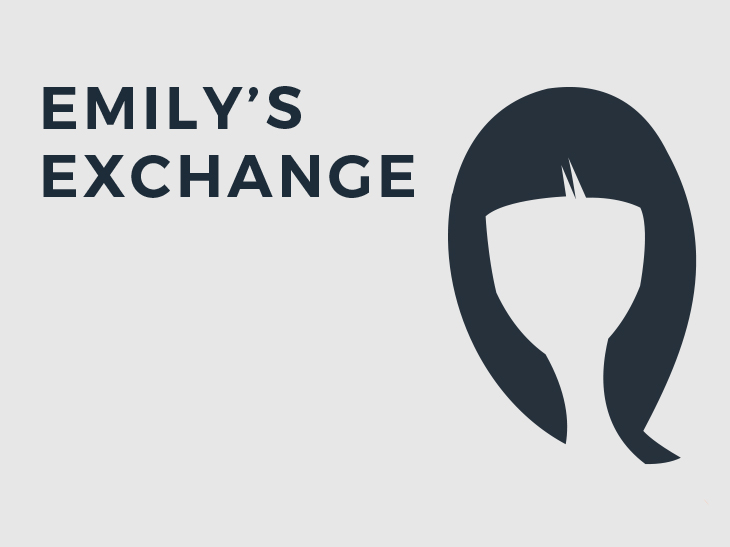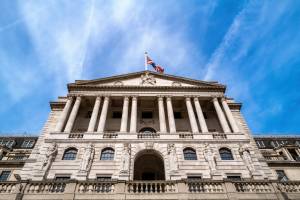When the weather warms up everything seems to slow down; the rushing commuters rush that little bit slower for fear of over-exerting themselves and my children’s seemingly unstoppable energy peters out by about 4pm in favour of languishing in the garden.It seems that UK growth might be following a similar pattern.
Recent data suggests that the UK is growing more slowly than we might have hoped for this year. First quarter Gross Domestic Product (GDP) has been revised down to 0.2%. A preliminary estimation released in April suggested that this figure would be 0.3%, in-line with the G7 average.
When we look at GDP we always have a preliminary figure and a revised figure, the revised figure is released when we have about 80% of the key figures for the quarter, that means it’s much more accurate than the earlier number released.
UK trails the G7
A revision to this figure is fairly standard; what is interesting is the level that this has reached. A GDP growth rate of 0.2% puts the UK in-line with Italy. However, it puts us at the bottom of the heap for the G7 nations, the world’s most advanced economies, currently they’re being led by Canada which is growing by 0.9%.
GDP is one of the main indicators of economic performance, there are a number of approaches used to measure this and those measures look at output, spending and income.
Perhaps Brexit is beginning to take its toll, and the UK isn’t quite as strong and stable as many might like to believe. That statement comes with a caveat though, as every investor knows looking at a single data point, covering a short period is a risky business, especially when that figure fluctuates as much as GDP.
A GDP reading can be influenced by a number of measures, not least when the quarter falls. It can also be impacted by the way inventory has built up over that period, what we have spent, the list goes on. For example, I know that my household bills are higher January to March each year because I keep turning the heating up, now my windows are open I’m looking forward to a little more disposable income.
Services sector to blame
The services sector is the biggest sector in the UK and, as in this case, can be simultaneously responsible for both growth and contraction. Growth came from business services and finance, albeit at a lower level than expected (although this can be attributed to late survey returns), but we saw a slow-down in growth in the consumer-focused industries, such as retail sales and accommodation.
This suggests that we might be seeing weaker sterling and rising inflation impact our spending habits. This latest data release suggests we’re spending less on transport and hotels (maybe we haven’t yet booked those holidays as we hold out for the best deals), less is being spent on restaurants, and we’re also spending less on storage and communications.
Joblessness is at its lowest level since 1975 so you might expect that to bolster growth, however wage growth is struggling to keep up with inflation, that means we’re starting to feel the pinch as how much our wages can actually purchase might actually be shrinking.
House prices have also fallen for the third consecutive month, this is the first time this has happened since 2009 and will also likely be taking its toll on our confidence.
This latest data release does raise the question, how healthy is the UK economy? Needless to say we currently have a lot of uncertainty around, so saving regularly remains to be the best way to protect your future self. I for one will be taking advantage of the warm weather and saving the money I’m not having to spend on heating bills.





